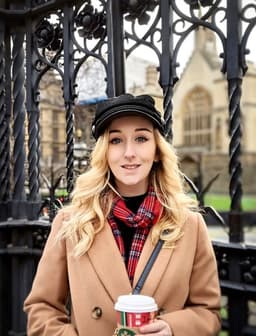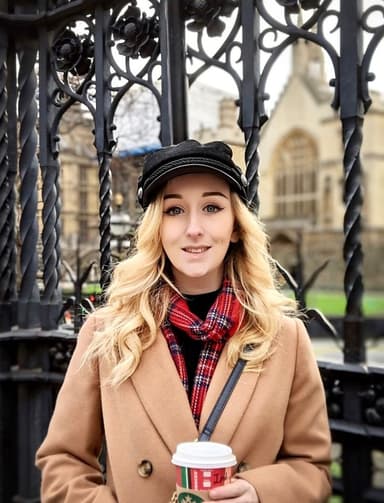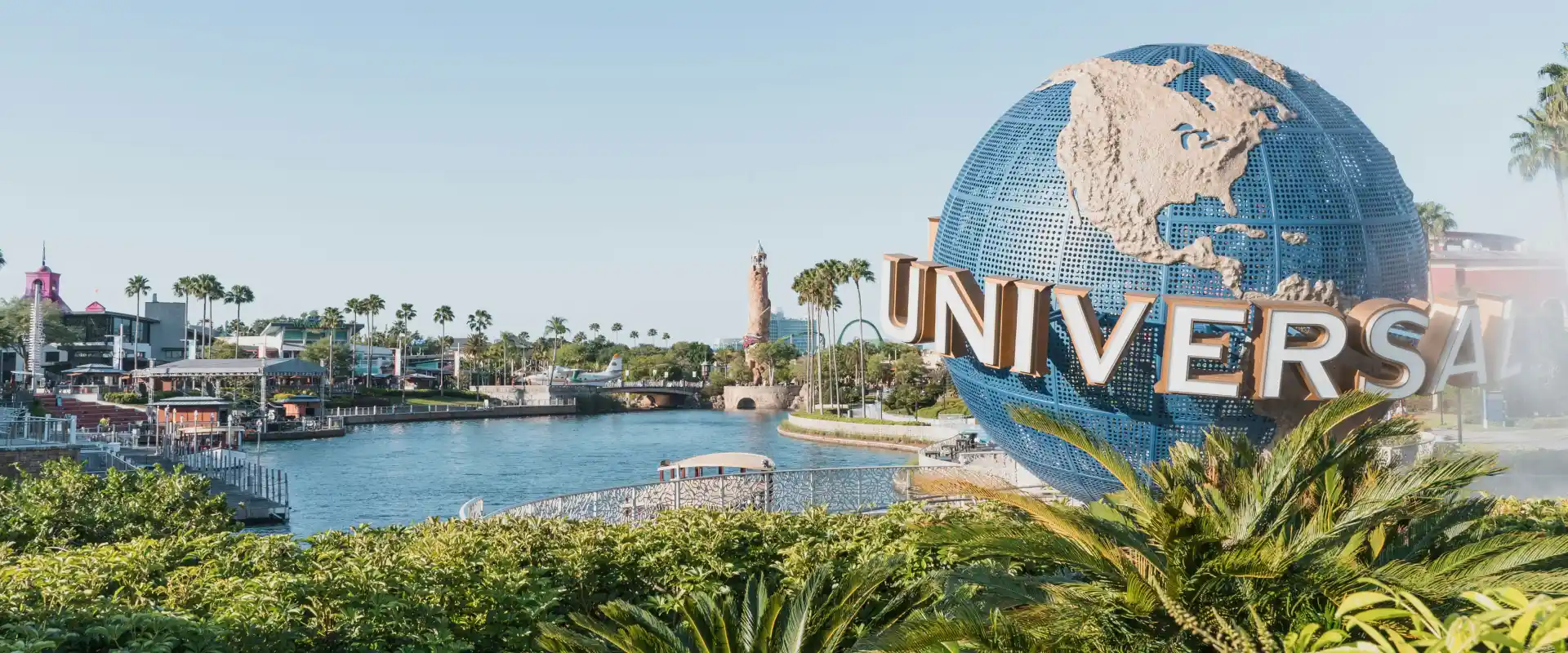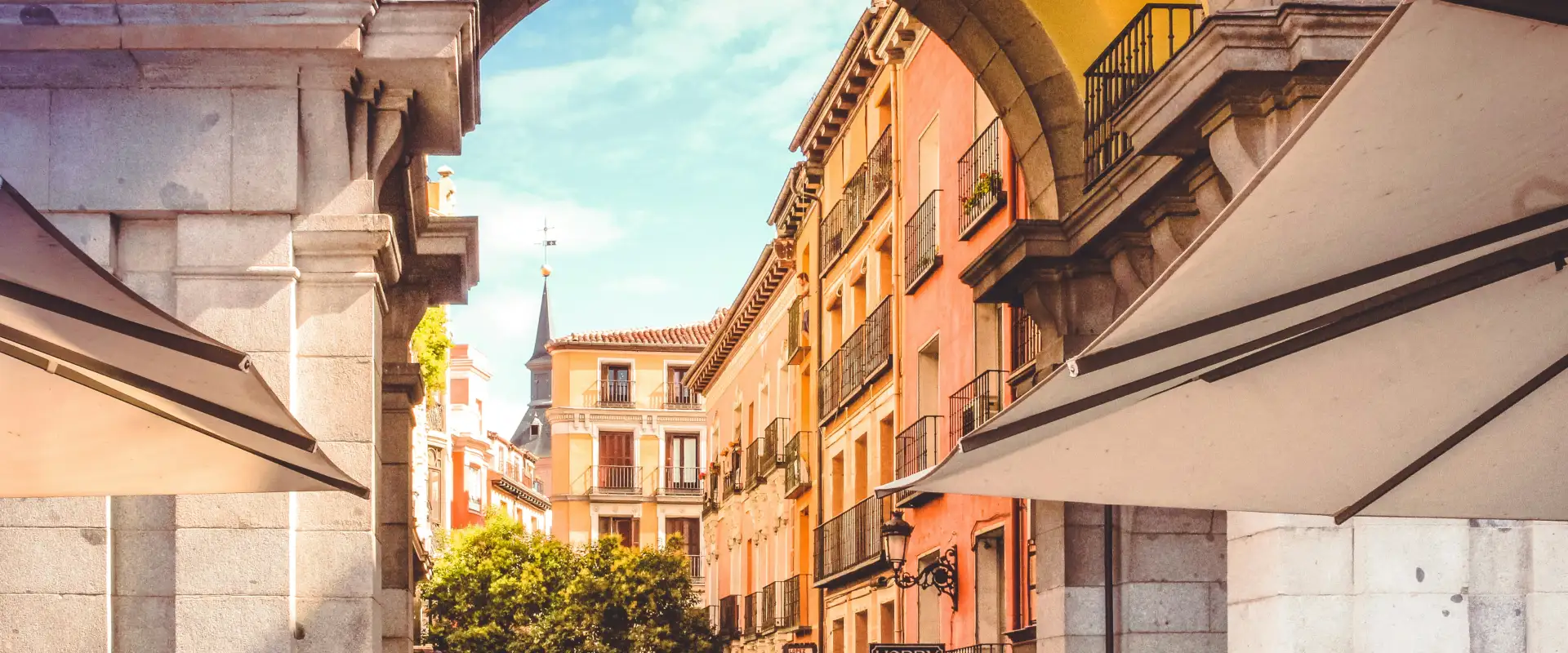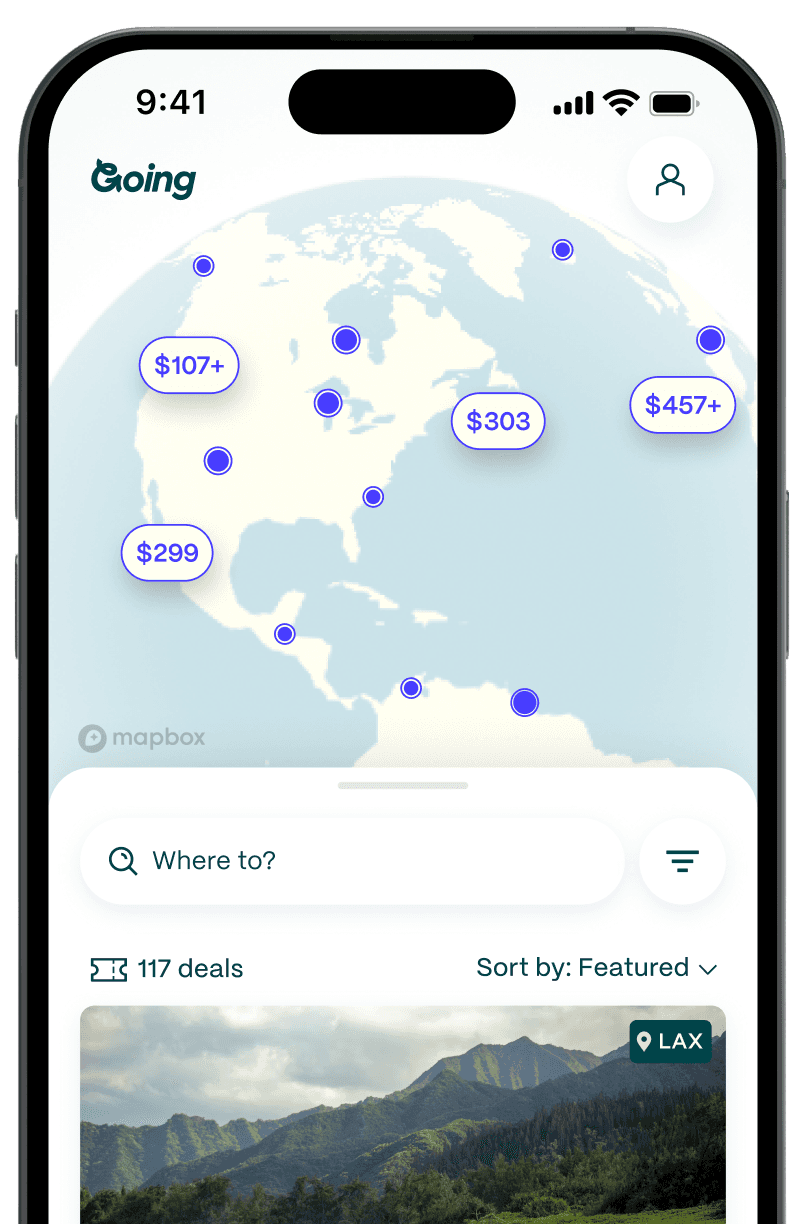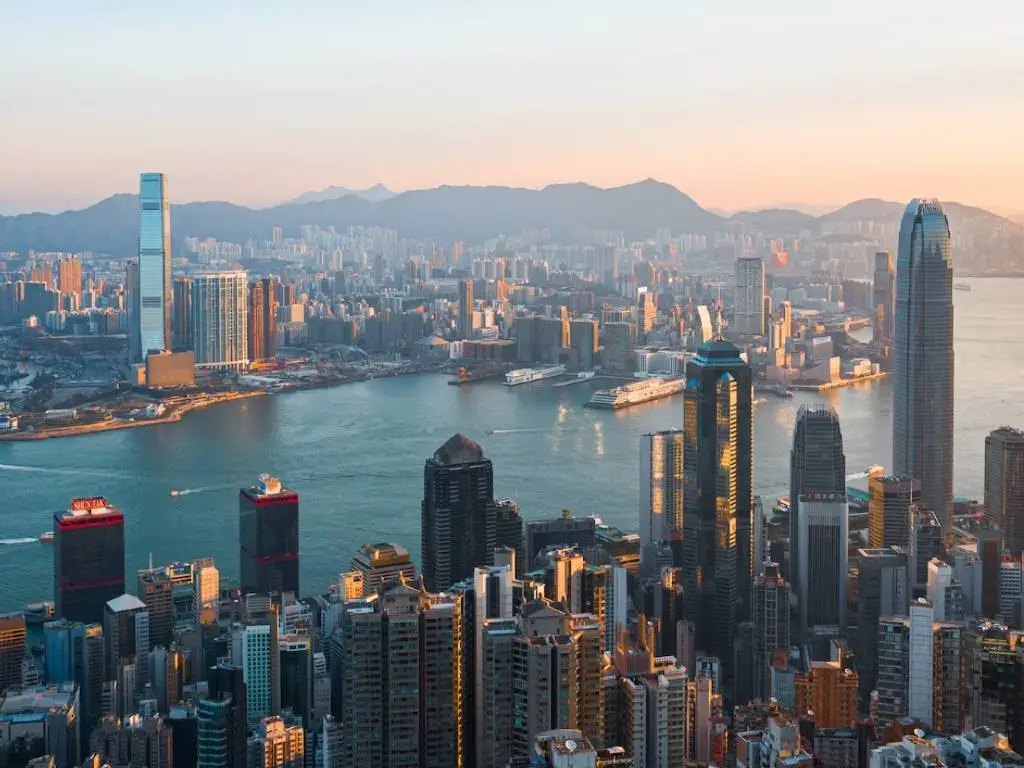
Hong Kong: The Asian City With the Most Skyscrapers in the World
The semi-autonomous region of Hong Kong, once a rural area of fishing and farming villages, is now home to just over 7.4 million people in just 427 square miles. Spread over some 250+ islands, with the bulk of the city built on Hong Kong Island and Kowloon Peninsula on either side of Victoria Harbour, it is one of the most densely populated spots in the world.
It's a complex amalgam of Asian and British influences. It became part of China more than 2,000 years ago. Then it spent time as a British colony before being controversially handed back to the Chinese by Britain in 1997. The cultural identity of Hong Kong’s population interwoven with remnants of these world powers is evident everywhere, from the delicate flavors of dim sum to the hidden heritage buildings and the locals’ penchant for tea.
Hong Kong was rocked by violent protests in 2019 in response to a governmental bill allowing fugitives to be extradited to China. The question of what will happen when the region’s agreed autonomy ends on July 1st, 2047, still remains unanswered and tensions are still ongoing between the government and locals championing free speech and democracy. For the time being, Hong Kong remains a welcoming region for tourists keen to uncover its hectic markets, peaceful temples, and wild landscapes.

Markets, markets, and more markets
It’s easy to get lost among Hong Kong’s maze of streets, which conceal a treasure trove of markets selling everything from live fish to Christmas decorations. Many of the city’s markets developed over time due to unemployment, leading to authorized hawkers’ zones.
On Kowloon, Hong Kong’s second major island to the north of Victoria Harbour, head from the fragrant Flower Market near Prince Edward MTR station to the noisy Yuen Po Bird Market, where locals sell birds big and small plus colorful, handmade cages. Or gaze into the fish tanks on Bute Street’s Goldfish Market, where hundreds of fish are sold by the bag. Come nightfall, get your fortune told to the tune of a Cantonese opera singer at Temple Street Night Market, the city’s late-night hotspot for haggling and street food.

Standing-ding room only
For just HK$3 (about 38 cents) you can ride a piece of Hong Kong history on one of the trams (known as Ding Dings)—the city has the largest double-decker fleet in the world. Running since 1904, these trams didn't afford passengers the luxury of seats until 1912, and since then the skinny street cars, often emblazoned with colorful advertisements, are still the cheapest way to see the sights.
Visit the incense-filled Man Mo Temple and the world’s longest-covered escalator, the Central-Mid-Levels Escalator in Sheung Wan, before taking any eastbound tram to Wan Chai. The area is filled with Hong Kong’s famous neon signs and is also a great spot to get on the Star Ferry to Kowloon and admire the skyline harbor views.

Islands and mountains
Forty percent of Hong Kong is made up of nature reserves, scattered across its more than 250 islands. Located in a UNESCO Global Geopark, Sharp Island is home to sandy beaches and volcanic rocks from a long-gone volcano, while the craggy Tung Lung Chau, reachable by ferry from Yau Tong on the southeastern end of Kowloon, is Hong Kong’s worst-kept secret for avid rock climbers, with both locals and tourists heading out to conquer beginner and pro routes.
The islands offer hundreds of hiking trails, so lace up your boots and try the strenuous 5.3-mile Dragon’s Back, which summits Shek O Peak at 932 feet and ends at surfer’s paradise, Big Wave Bay. For inexperienced hikers, the Eagle’s Nest Nature Trail is just a 2.4-mile-long loop and offers sprawling views over Kowloon and the New Territories, but watch out for wild monkeys and macaques on the way.
The city is a canvas
Turn a corner in the neighborhoods of SoHo, which has the best bars and clubs in the city, or Sheung Wan, with its cute cafes and art galleries, and you’ll be met with portraits, tags, and murals in the vibrant color palettes loved by Hong Kong’s street artists. Hong Kong has had a thriving art scene since hosting Art Basel in 2011, followed by the opening of the M+ museum in 2021.
From the city’s first street artist, the King of Kowloon, whose political graffiti began in 1956, to modern-day businesses commissioning artists to create murals, the scene is thriving. The art organization HKWALLS was founded in 2014 to create a legal way for existing artists to practice their craft and now helps young artists leave their mark on virgin walls during their annual street art festival held in March. More and more of the city becomes awash with color each year.
To create your own walking tour, begin at the full-sized portrait of Bruce Lee on Tank Lane, then head east past Hollywood Road, home to Alex Croft’s townhouse murals, towards the Madera Hollywood hotel, with its pop-art style Marilyn Monroe and Charlie Chaplin paintings. For fewer crowds, ARTLANE in Sai Ying Pun has bright geometric shapes, 20-foot portraits, and rainbow-colored steps.

Been there, dan tat
Dim sum is an almost ritualistic food tradition in Hong Kong, cultivated from nearby Guangzhou and traditionally served in the late morning at local teahouses. Popular dishes include barbecue pork buns, siu mai (shrimp dumplings), and chicken’s feet. Luk Yu Tea House, which opened its doors in 1933, is the oldest in the city, serving Cantonese-style dim sum in a traditional setting.
For dessert, choose from sweet treats such as milk pudding, red bean soup, or dan tat (egg tarts). Based on either British custard tarts or Portugal’s signature pastel de nata, depending on who you believe, egg tarts are a Hong Kong staple, found in restaurants and bakeries across the city. The Hoover Cake Shop is more than worth the journey out to Sung Wong Toi, who make their creamy tarts using duck eggs. Although it is temporarily closed, the bakery is set to return in 2023.
For all the (milk) tea in China
Milk tea stems from the British obsession with tea which accompanied them to Hong Kong, served in high-end hotels and restaurants. For the working classes, this trickled down to create yeet lai cha (hot milk tea), a sweeter drink made with evaporated or condensed milk and heavily steeped tea leaves.
So vital is milk tea to Hong Kong that it is protected as an item of intangible cultural heritage. Take a history lesson at the Flagstaff House Museum of Tea Ware to see ancient teapots before taking part in a traditional Chinese tea ceremony at Gong Fu Teahouse on Aberdeen Street. Head just two streets over to LAN Fong Yuen, founded in 1952 and one of the oldest (and best) milk tea shops in the city for a cup of liquid heaven.

Off to the races
If you ask a Hongkonger their favorite sport, it’s very likely they’ll say horse racing. Owning a horse is a prestigious honor for Hongkongers, while attending races is a regular social event. Since the Hong Kong Jockey Club was founded in 1884, racing has become the most widely followed sport in the region and residents take it very seriously. Unlike other countries, where attendees often wear fancy clothes and delicate hats to the races, in Hong Kong races are a huge party—at Sha Tin there are regularly 20,000 visitors, while Happy Valley often has a DJ, low-priced Tsingtao beer, and rowdy gambling.
The northern Sha Tin racecourse is reserved for prominent events such as the Hong Kong Derby, as well as themed races, but on Wednesday nights, thousands of people flock to Happy Valley. Located in the city center surrounded by hundreds of skyscrapers, you can enjoy up to eight nighttime races, live music, food, and drinks for just HK$10 ($1.28)—it’s the best way to come to grips with the obsession.
Highrise, lowrise, and heritage hotels
Skyscrapers stacked 20 stories high may be densely packed into Hong Kong (with 546, Hong Kong has more than any other city), but hiding between them are original Chinese-style multistories (tong lau) and neoclassical, Greek, Edwardian, and European architecture standing the test of time. Hong Kong’s Court of Final Appeal is a perfect example, combining a Chinese roof with Grecian columns, despite being designed by the same architects that created the eastern façade of Buckingham Palace.
Government House in Central offers an impressive art deco façade, while the stunning Chi Lin Nunnery is the world’s largest handmade wooden building, designed in the traditional Tang Dynasty style. It’s made entirely of wood, with no nails, and encompasses a massive 360,000 square feet, including 16 halls, a school, a bell tower, and a library. To combine an investigation into baroque architecture with afternoon tea, stop by the famous 1928 Peninsula hotel, home to signature green Rolls Royces’ and a guest book of celebrities such as Ronald Reagan, Frank Sinatra, and Elizabeth Taylor.
Good to Know
Is Hong Kong expensive?
Hong Kong has held the top spot on the list of “most expensive cities for expats to live in” for a few years—and, as you might expect, it’s also among the most expensive cities in the world to visit. Although living costs are high, visiting on holiday can be affordable due to the many local food markets and free attractions available.
The average Hong Kong hotel will cost about $119 per night for two people, though there are hostels in the $60 per night range. A multi-course meal at a nice restaurant can be $65 or more, however Hong Kong is famous for dim sum and street food, so a large meal can often cost less than $10.
Best time to visit Hong Kong
Although it’s become a year-round tourist destination, it’s hard to beat Hong Kong from October through December. Temperatures usually remain in the 70s and the city’s summer humidity is a little more bearable. Unsurprisingly, this is also one of the peak tourist seasons.
What languages are spoken in Hong Kong?
Travelers in Hong Kong will hear both Cantonese and Mandarin, as well as English.
While English is one of the city’s official languages, and it’s often on signage, it’s less likely to be spoken or understood away from businesses catering primarily to tourists. Local taxi drivers often speak English and Uber is widely used, however it’s worth asking someone in your hotel to write down where you’re going in Chinese characters—and keep the hotel’s business card handy for the return trip.
Hong Kong with kids
Hong Kong is very family-friendly. There are colorful markets to explore, a dazzling light show every night and even the city’s own Disneyland. It’s a densely packed urban space, but there are options to enjoy the great outdoors, too—Hong Kong’s many islands are rarely more than a 45-minute ferry ride away.
Mountains, beaches and sights like The Peak and the Star Ferry offer plenty of entertainment for all ages. Plus, there are frequent discounts for children on things like entrance fees and public transportation.
Hong Kong public transportation
Public transportation in Hong Kong is fantastic and inexpensive. The transit network includes buses, trams, trains, and ferry boats. Tickets are easy to buy from machines, or pick up a reloadable Octopus Card to cover you for your trip. Tickets for a one-way trip on the MTR, Hong Kong’s combination subway and light rail system, start at HK $4.50 (about $0.57 USD) and the city will soon be introducing contactless transport payments.
Is Hong Kong safe?
Hong Kong is generally very safe, although pickpockets, unlicensed taxis, and scams are becoming more common.
Hong Kong has mixed attitudes towards the LGBTQ+ community, and same-sex marriage is not yet legal; however, most people are liberal and there is an LGBTQ+ scene with clubs, bars, and saunas in Soho and Lan Kwai Fong.
Getting to Hong Kong
- Main airport: HKG is the main airport for Hong Kong
- Average Going price for cheap flights to Hong Kong: $532 roundtrip
Join Going to get cheap flights to tons of destinations around the world delivered right to your inbox.
More Asia destinations:
Last updated January 9, 2024
